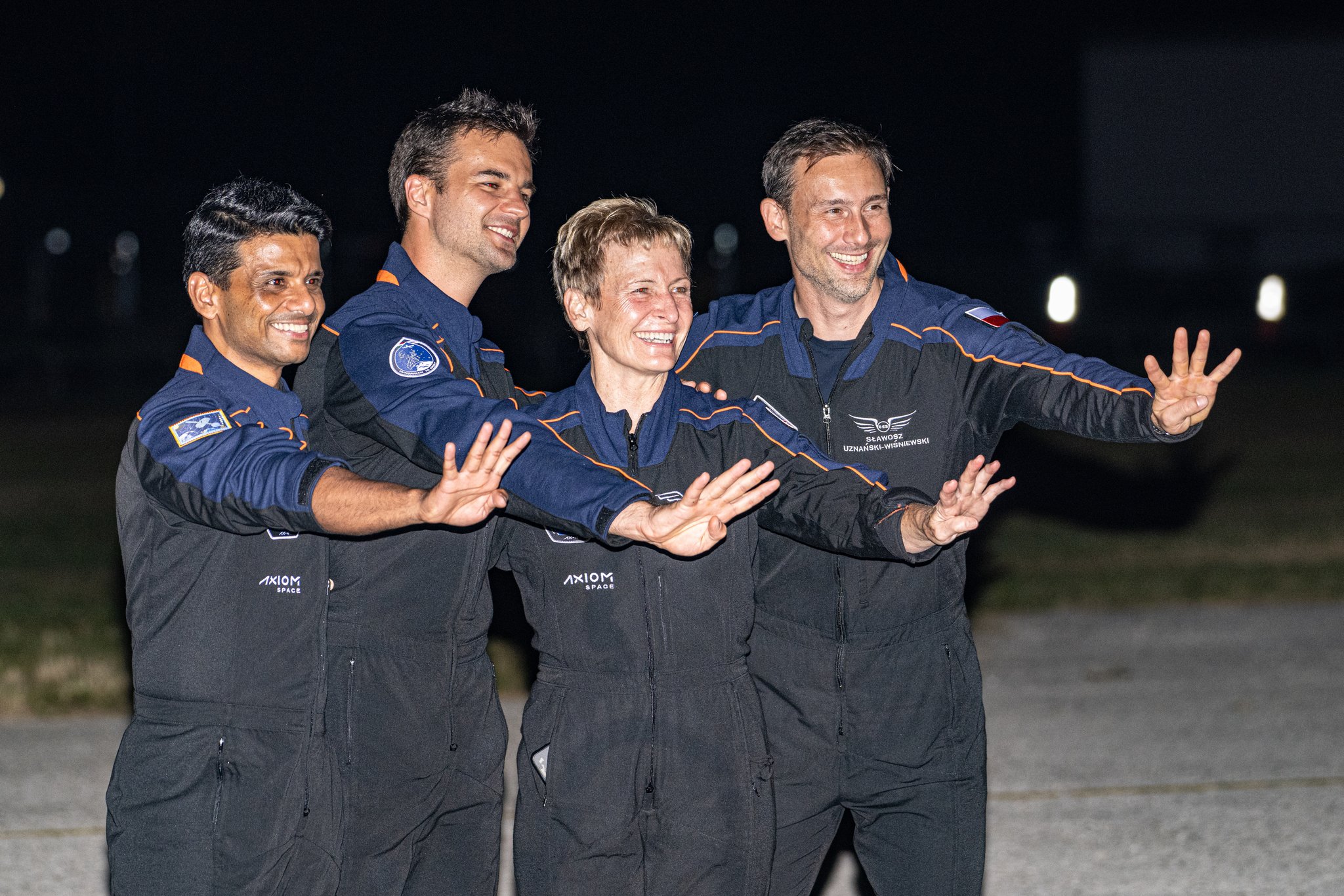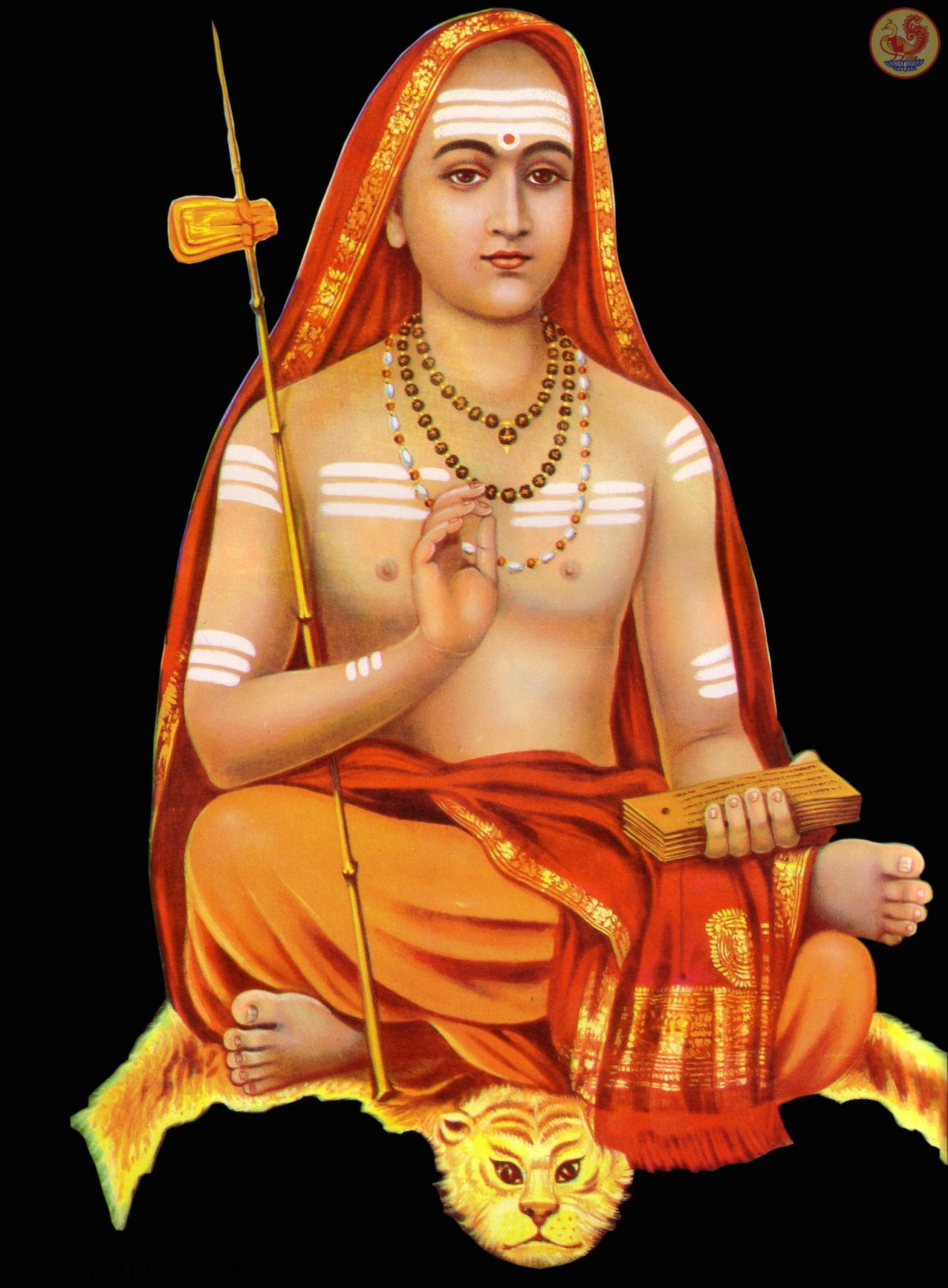On March 8th every year we celebrate Women's day...many say they are backbone of society.
They are surely..however they are not always treated with dignity or respect!..Reasons can be many or just one..the male dominated society can't accept women as superior power..
In Bharat..as a civilisation we call women as "Naari Shakti". The worm power...as a nation we have given immense support, respect and empowerment to this 50% population of the society.
Being the part of this land and responsible citizen, I thought let me narrate the stories of such women power, who are not only working but shaping the various fields that make the society harmonious, successful and prosperous.
The dialogues with women achievers began on 2021, and the journey still continues...long way to go. The purpose is to build the treasure of Naari Shakti, for our future generation to refer and feel proud about.
lets read about few such women of our nation
1 Padmashree Kum. Nivedita Raghunath Bhide
A prominent Indian social worker and the All-India Vice President of the Vivekananda Kendra, Kanyakumari. She has dedicated her life to promoting the teachings of Swami Vivekananda and has been actively involved in education, skill development, and character-building initiatives. She has also represented India at international forums, including UNESCO meetings and seminars on Swami Vivekananda's relevance. In recognition of her contributions, she was honoured with the Padma Shri award in 2017. She joined Kendra at the age of 20, when many girls dream about their future husband or career.
She has been instrumental in training full-time workers (Jeevanvratis) and teachers associated with the Vivekananda Kendra Vidyalayas, which focus on holistic education. She coordinates the Vivekananda Kendra Institute of Culture in Guwahati, which promotes India's rich cultural heritage. She has represented India at international forums, including a UNESCO meeting in Darwin, Australia, for the Asia-Pacific region in 1999. Nivedita Bhide has authored over 15 books and delivered lectures at prestigious institutions like IITs and international universities.
2 Bharati Thakur
Founder of N.A.R.M.A.D.A. (Nimar Abhyudaya Rural Management and Development Association), a spiritually oriented service mission. She established this organization in 2010 after completing the Narmada Parikrama, a significant spiritual journey along the banks of the Narmada River. N.A.R.M.A.D.A. focuses on providing free education, vocational training, and empowerment programs for economically weaker sections in the Nimar region of Madhya Pradesh2.
Bharati's dedication to social work is inspiring—she left a promising career to work in neglected areas, helping tribal children return to school and addressing issues like child labor and education dropouts. Her efforts have expanded to include initiatives like informal education centers, vocational training, and women's empowerment programs.
3 Dr. Shipra Dhar
Dr. Shipra Dhar Srivastava is a gynecologist based in Varanasi, Uttar Pradesh, known for her compassionate and impactful work. She has been actively working to change societal attitudes towards the birth of girl children. At her hospital, she does not charge any fees when a girl child is born and celebrates the occasion by distributing sweets. This initiative is part of her efforts to combat the stigma surrounding the birth of girls and to promote gender equality.
Her work has gained recognition, including praise from Prime Minister Narendra Modi, who highlighted her efforts as an example of supporting the "Beti Bachao, Beti Padhao" campaign. Dr. Shipra Dhar Srivastava is also dedicated to educating underprivileged girls and has been a strong advocate against female foeticide.
4 Dr. Mridul Kirti
Renowned scholar and poet known for her poetic translations of Hindu scriptures into Hindi and Brij Bhasha. Her work includes translations of the Samaveda, Ashtavakra Gita, and the Bhagavad Gita, among others. She has received numerous accolades, including the Vishwa Hindi Samman in 2023 for her contributions to Hindi literature. Dr. Mridul Kirti's translations have significantly enriched contemporary Hindi literature by making ancient Hindu scriptures more accessible and engaging. Her poetic renditions in Hindi and Brij Bhasha have preserved the spiritual essence of texts like the Samaveda, Ashtavakra Gita, and Bhagavad Gita while presenting them in a lyrical and relatable form. This approach has not only revived interest in these classical works but also inspired a new wave of poetic translations in Hindi literature.
Her work bridges the gap between traditional Sanskrit texts and modern readers, fostering a deeper appreciation for India's cultural and spiritual heritage. By using poetic forms like Chaupai and Geetika Chhand, she has also contributed to the revival of classical Hindi poetic styles. many of which are poetic renditions of ancient Hindu scriptures.
Here are some notable examples:
- Samaveda: The first poetic translation of the Samaveda in Hindi, written in Chaupai Chhand. This work retains the rhythmical essence of the original text and was inaugurated by the former President of India, R. Venkataraman.
- Ashtavakra Gita: A poetic translation in Geetika Chhand, capturing the philosophical depth of this scripture.
- Shrimad Bhagavad Gita: Translated into Brij Bhasha, this poetic rendition was released by former Prime Minister Atal Bihari Vajpayee. It is unique for narrating the Gita in the language of Mathura, Lord Krishna's birthplace.
- Nine Upanishads: A poetic translation of nine Upanishads, including Isha, Kena, Katha, and others. This work was inaugurated by former President Dr. Shankar Dayal Sharma.
- Patanjali Yoga Darshan: The first-ever poetic translation of this scripture, which includes detailed explanations alongside the original text.
5. Smt. Lakhimi Baruah
Lakhimi Baruah is a remarkable figure from Jorhat, Assam, known for her contributions to empowering women through financial independence. She founded the Konoklota Mahila Urban Cooperative Bank, Assam's first women-run cooperative bank, in 1998. This bank was established to support underprivileged women by providing them with accessible financial services and opportunities.
Her efforts have positively impacted thousands of women in Assam, helping them achieve financial security. For her dedication, she was honored with the Padma Shri award in 2021.
It's a journey of humble girl child of village of Assam to the Bank owner.
- The Konoklota Mahila Urban Cooperative Bank, founded by Lakhimi Baruah, focuses on empowering women through various financial initiatives. Here are some of the key offerings:
- Savings and Deposit Schemes: The bank provides savings accounts, recurring deposits, and term deposit options tailored to meet the needs of women, including zero-balance accounts for easy access.
- Microfinance and Loans: It offers microloans to women entrepreneurs and self-help groups, enabling them to start or expand their businesses.
- Daily Deposit Schemes: These schemes encourage women to save small amounts daily, promoting financial discipline.
- Financial Education: The bank educates women about financial independence and banking processes, helping them gain confidence in managing their finances.
6. Ms. Barkha Trehan
Barkha Trehan is a prominent social activist and advocate for men's rights in India. She is known for her efforts to address the misuse of women-centric laws and to promote gender equality. Barkha Trehan founded the organization "Purush Aayog," which focuses on supporting men who face discrimination or false accusations. She has also directed and produced a documentary titled The Curse of Manhood, highlighting the challenges faced by men in society.
Additionally, she runs a YouTube channel where she discusses issues related to men's rights and gender-neutral laws. Her work has sparked important conversations about the need for balanced legal systems and societal awareness.
Generally we say there always a woman behind the successful man, but Barkha Trehan is a woman who is behind many men who are suffering due to unfaithful women in their life.
7. Dr. Vasudha Apate
Dr. Vasudha Apte is a forensic medicine expert and professor who has contributed significantly to the field. She has worked at Nair Hospital in Mumbai, where she assisted courts in solving complex cases. Dr. Apte has also shared her expertise through teaching and writing. Her book, Forensic Science, discusses around 130 topics in forensic medicine in an accessible way, originally published as articles in a Marathi newspaper and later translated into English.
Dr. Vasudha Apte has made several notable contributions to the field of forensic medicine:
- She was the first woman in Maharashtra to specialize in Forensic Medicine and Toxicology.
- She became the first female medico-legal expert in the state and served as the only woman Deputy Coroner in the 125-year history of the Coroners Court in Mumbai.
- Dr. Apte was the first female President of both the Indian Academy of Forensic Medicine and the Medico-legal Association of Maharashtra.
8. Dr. Mamatha Raghuveer Achantha
Dr. Mamatha Raghuveer Achanta is a prominent activist from Hyderabad, known for her work in protecting the rights of women and children. She is the founder of Tharuni, an NGO dedicated to empowering adolescent girls and women. Dr. Mamatha has been actively involved in combating child marriages, child labor, and trafficking, and has played a significant role in advocating for policy changes to protect children’s rights.
She has also founded the Network of International Legal Activists (NILA), which works globally to ensure justice for women and children through legal aid and counseling. Her efforts have led to the rescue and rehabilitation of many child marriage victims, enabling them to continue their education.
Dr. Mamatha's dedication to social causes has earned her recognition as a relentless fighter for justice and equality. Let me know if you'd like to learn more about her initiatives!
Dr. Mamatha Raghuveer Achanta faces several challenges in her activism for women's and children's rights:
- Patriarchal Attitudes: Many enforcement authorities and judicial systems still hold patriarchal views, which can hinder the implementation of laws designed to protect women and children.
- Lack of Awareness and Resources: Despite her efforts, there is often a lack of awareness among communities about their rights and the resources available to them. Financial and logistical constraints also pose significant hurdles.
- Resistance to Change: Cultural norms and traditions, such as child marriages, are deeply ingrained in some communities, making it difficult to bring about lasting change.
- Safety Concerns: Activists like Dr. Mamatha often face threats and resistance from those who benefit from exploitative practices, such as trafficking or child labor.
- Complex Issues like Climate Change: Climate change has exacerbated vulnerabilities, leading to increased risks of trafficking and exploitation for women and children. Addressing these interconnected issues requires multifaceted solutions
There are many wonderful women achievers in my list, for today few of them I felt like sharing their brief information.
#HappyWomen'sDay






